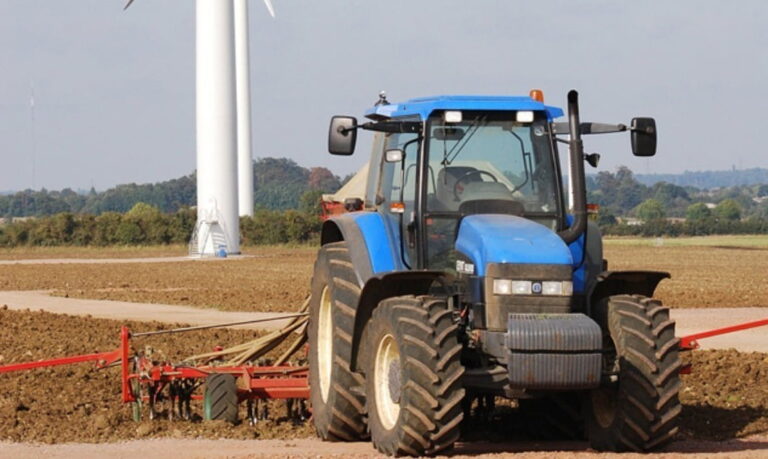In Latin America, food security faces significant challenges. Climate variability, a growing population and changes in consumption patterns are factors that jeopardize the region's ability to guarantee access to nutritious and sufficient food for all. The following are some of the key challenges and solutions to address these issues in the Latin American agrifood sector.
Challenges to food security
- Climate factor. The variability of weather conditions affects agricultural and livestock production, which has an impact on food availability.
- Growing population. The demand for food increases as the population grows, requiring higher yields from agricultural production.
- Changes in consumption patterns. Consumer preferences are evolving towards diets richer in protein and processed foods, which implies additional challenges in terms of production and distribution.
Innovative solutions for food safety
- Precision agriculture. The use of technologies such as remote sensing, artificial intelligence and robotics allows optimizing agricultural production and reducing environmental impact.
- Sustainable production. Promoting sustainable agricultural and livestock production practices, such as agroecology or aquaculture, helps to preserve natural resources and ensure food security in the long term.
- Infrastructure development. Improving food storage, transportation and distribution infrastructure reduces losses and ensures better access to food for all.
Collaboration among the different actors in the agrifood sector, including governments, companies and civil society organizations, is essential to face the challenges and develop effective solutions for food security in Latin America.
Conclusions
Food security in Latin America is a priority that requires innovative and sustainable measures. The commitment of all stakeholders, investment in technology and the promotion of sustainable agricultural practices are key to guaranteeing access to nutritious and sufficient food for all the region's inhabitants.



